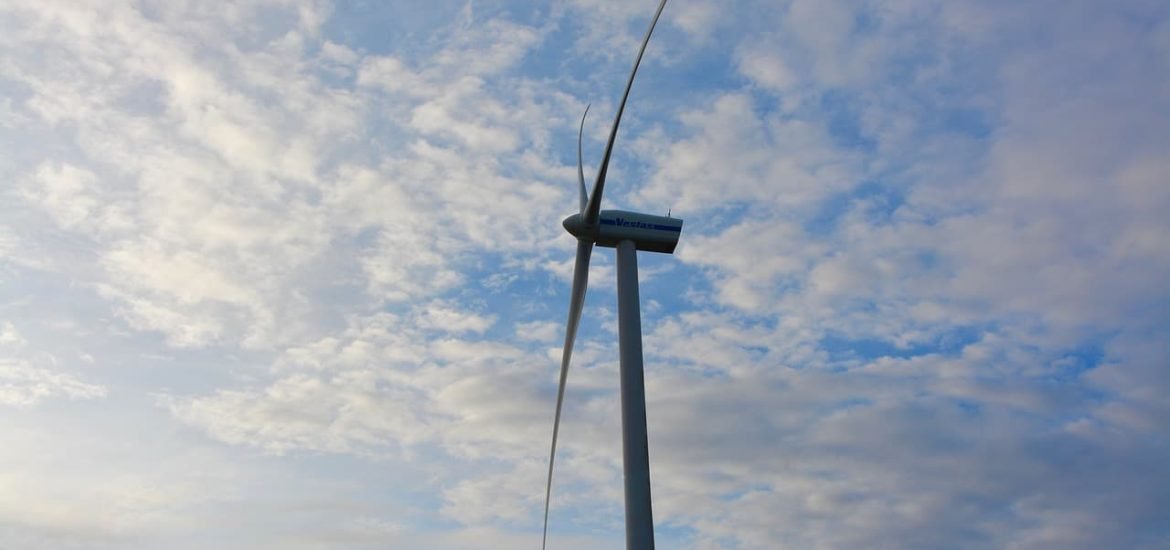
The mirage of a return to some kind of unspoilt rural idyll shimmers like an Eldorado amidst a public debate often split between “artificial” nature and original nature. The territorial divide between cities and the countryside is exemplified by a picture postcard view of the quaint countryside encompassing a certain social concept of nature. However, portraying rural areas as untouched landscapes is to betray sustainable development by setting humanity and biodiversity up in opposition to each other.
Less anthropized environments
Some rural areas are actually gradually becoming less used for human agriculture. In France, forested areas have increased by 7 million hectares in a century and now cover nearly a third of the country [1]. This dynamic can be explained mainly by changes in agriculture leading to land being abandoned, followed by it becoming scrubland and then forested. These areas, which are considered to be pioneering forest frontiers, are generally not used for timber, as they are sometimes on uneven terrain or lacking in tracks to skid the wood out. So, 30% of French forest, mainly in mountainous areas, is difficult to exploit [2].
At the same time, some wild species, such as wolves, have seen their population increase by 15 to 20% per annum between 1992 and 2014, with a trend of stable numbers of isolated individuals but larger packs [3]. While more difficult to quantify, wild boar populations are also increasing in France and Europe [4].
So areas which are little used by man – characterized by a mainly wild fauna and flora – are on the rise. Without advocating anthropocentrism, in some ecosystems, the role of humans is being reduced, but above all transformed. The farming of forest or field ecosystems is sometimes transformed into passive consumption relationships, without artificialising habitats. If in certain areas the relationship to nature changes, that does not mean it is necessarily going be exploited.
A social construct of nature
The opposition between nature and cultivation is hard to eradicate. Rousseau-esque ideas of an unspoilt and original nature are the subject of many debates; from anti-speciesism to plant rights and the sanctification of natural areas.
So, in a society where family ties or close relationships to agriculture are decreasing, the gap between the town mouse and the country mouse sometimes results in an opposition between culture and nature.
According to sociologist Bertrand Hervieu, there is a certain depatrimonialization of rural areas [5], with the incursion of external agents (not owners and/or not working the land) in the management of these environments, which are increasingly “publicized”. There is a genuine awareness, but it is sometimes moralistic and disconnected from the realities on the ground. For the ecologist Christian Lévèque, many people set up an opposition between the authentic, the healthy and the damage caused by Man [6]. In fact, in some environments, Man has become the problem, and people look for an escape in spaces that are untouched, or barely touched, by human hand. So, original nature is presented as a refuge against human activities, an unspoilt buffer zone between hyper-humanized urban spaces, in a France of either full or empty spaces….
Sustainable development to rethink the place of mankind
And what if we rethink Man’s place in the rural environment? Rural activities related to nature are not confined to the exploitation of resources (farming the land or forest). Agriculture is not simply a matter of taking advantage of nature. It enhances it by planting hedges or restoring biological elements when it ploughs stubble back into the soil, or spreads its manure from livestock. These flows, which benefit soil balance and fertility, would not be the same without human activity.
Consequently, the response to ecosystem upheavals caused by poor development is not no development but alternative development or sustainable development. The artificialisation of environments little used by humans can provide many environmental benefits, such as permanent grasslands that combine carbon sequestration, wide diversity of animal and plant life, and water regulation. These benefits are not in conflict with the development of the ecosystem and its exploitation for agricultural purposes. More than ever, the agricultural plot should be considered as a cultivated ecosystem or agroecosystem.
Rural areas are sometimes victims of a fantasy about nature as an untouched Eden. However, the artificialisation of environments is positive when it provides benefits to the ecosystem as well as sustainably exploiting natural resources. Rather than driving people out of ecosystems, we should rethink their place in a more eco-centred way.
1] Institut national pour l’information géographique et forestière [National Institute for Geographical and Forestry Information] (IGN). 2018. La Forêt française, état des lieux et évolution récente [The French Forest, state of play and recent developments]. IGN. Online, link.
[2] Ibid.
3] Office national de la chasse et de la faune sauvage [National Hunting and Wildlife Office] (ONCFS). 2018. Connaître les espèces et leurs habitats, le loup [Getting to know the species and their habitats; the wolf] ONCFS. Online, link.
4] Tack, J. 2018. Les populations de sangliers (Sus scrofa) en Europe : examen scientifique de l’évolution des populations et des conséquences sur leur gestion [Wild boar (Sus scrofa) populations in Europe: scientific examination of population development and consequences for their management] European Landowners’ Organization, Brussels, 56 pp
5] Papy, F. Mathieu, N., Ferault, C. 2012. Nouveaux rapports à la nature dans les campagnes New relationships with nature in the countryside. Ed. Quae. Versailles. 191 p.
6] Lévèque, C. 2017. La biodiversité avec ou sans l’homme ? [Biodiversity with or without humans?] Ed Quae. Versailles. 128 p.
This post is also available in: FR (FR)DE (DE)